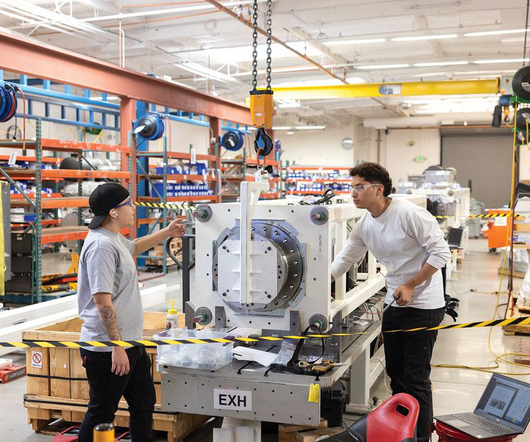Researchers Show New Piezeoelectrochemical Effect Can Scavenge Energy Wastes Such as Noise or Vibration to Generate Hydrogen Via Water Splitting
Green Car Congress
MARCH 16, 2010
H 2 and O 2 are produced by deforming a ZnO fiber or BaTiO 3 dendrite in water via oxidation-reduction reactions. They then applied the PZEC effect to generate hydrogen and oxygen via direct water splitting. The mechanism of the water decomposition via the PZEC effect relies on the piezoelectric properties of the materials.






































Let's personalize your content